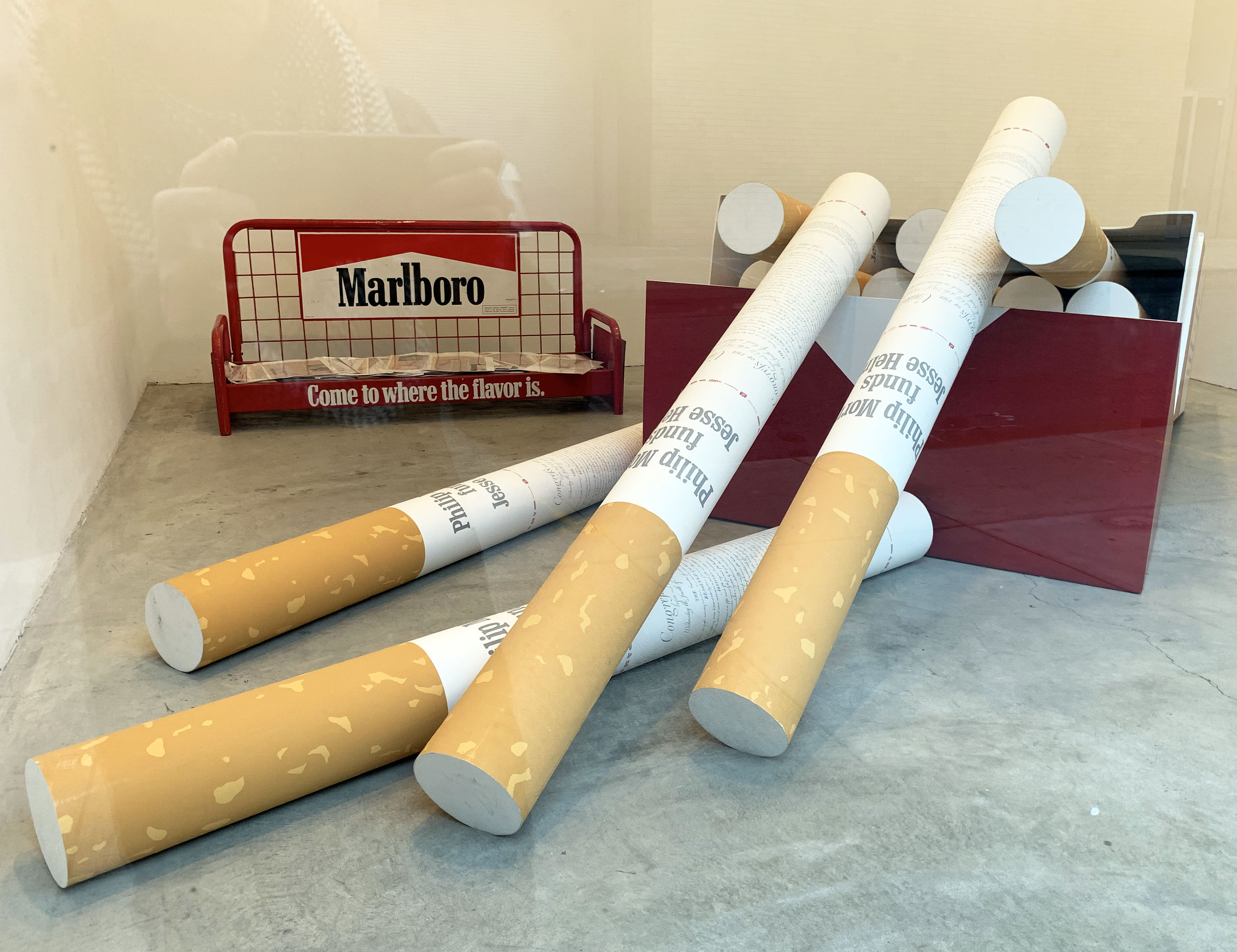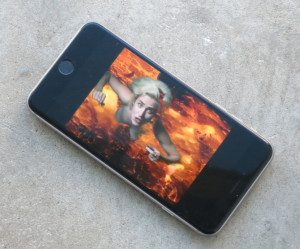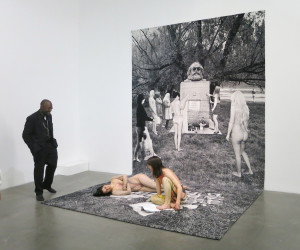When he had a son in the 90s, Puerto Rico-born artist Pepon Osorio started thinking of how to raise him without perpetuating unwanted ideas about masculinity. This consideration (and a commission from Real Art Ways in Connecticut) led the artist to create the multi-media installation ‘No Crying Allowed in the Barbershop,’ now on view at the New Museum in a solo survey show presenting Osorio’s work from the 90s to today. Originally installed in a working-class Puerto Rican neighborhood in Hartford, CT, the installation sprang from community conversations identifying barber shops as places where “…ideas surrounding machismo are formed and performed in Latinx culture from generation to generation.” Overwhelming in its decorative detail, the recreated barbershop builds a powerful and absorbingly complex picture of male identity formation from the influence of actors, sports heroes and other public figures to the car culture alluded to in wall-mounted hubcaps. (On view through Sept 17th).




